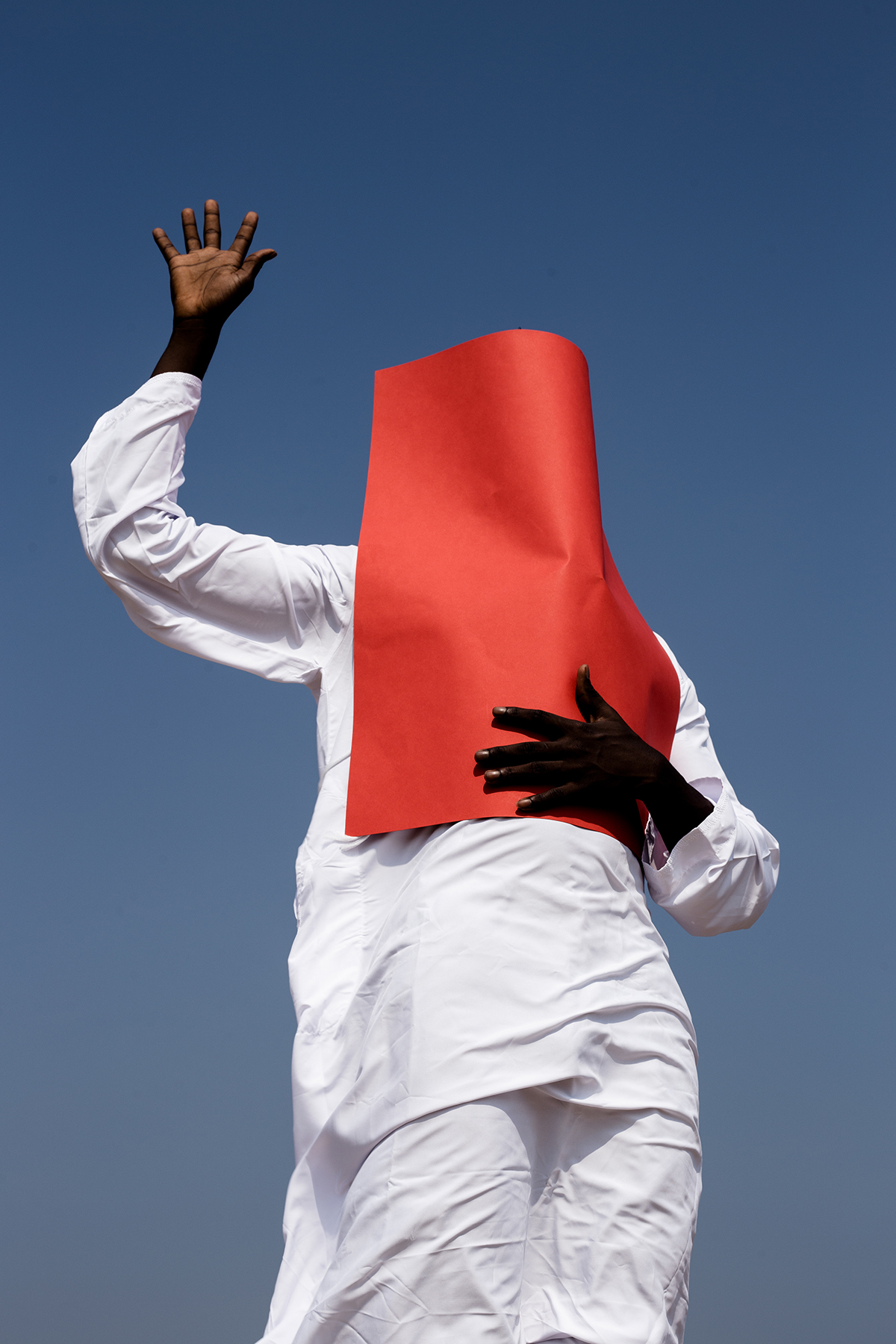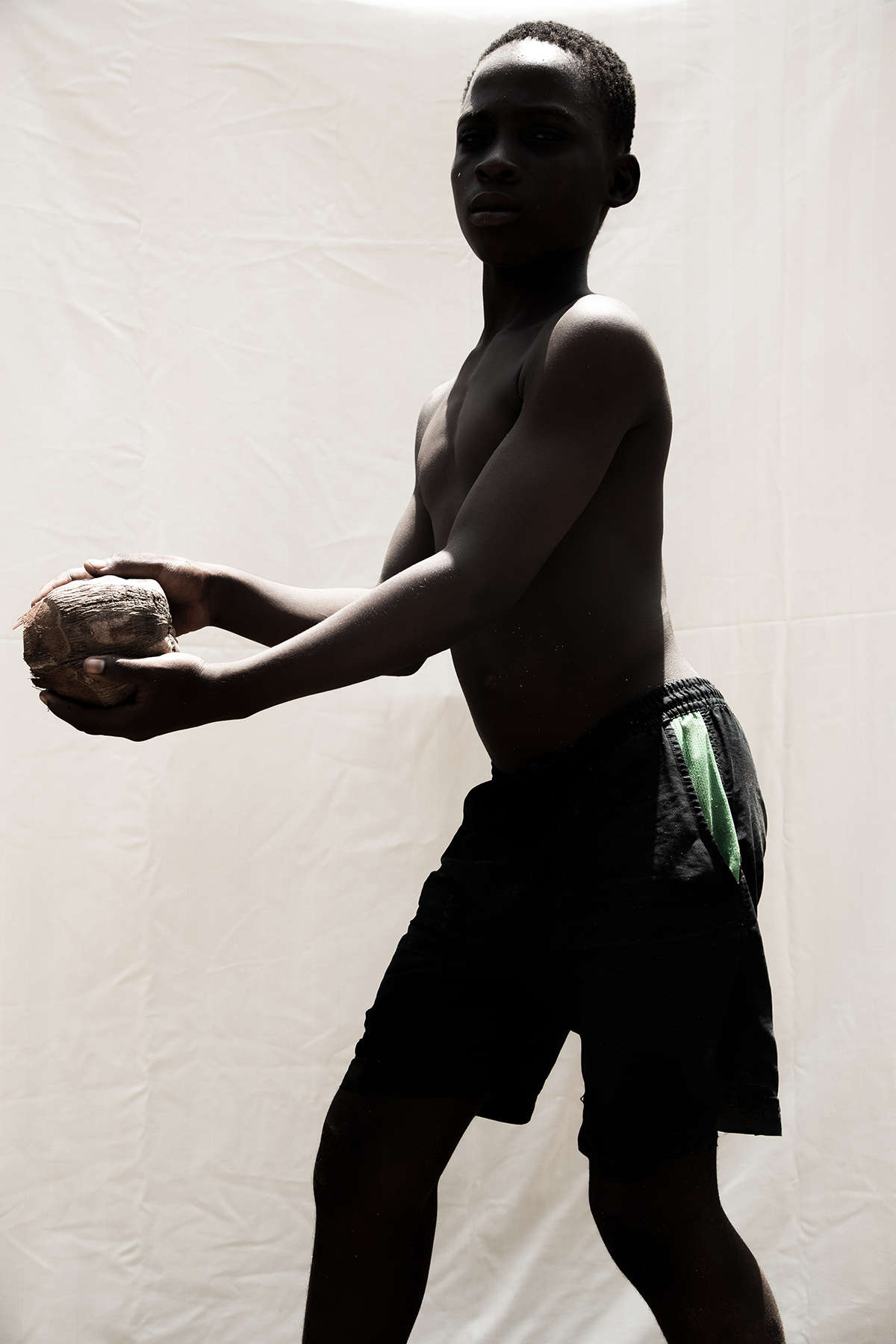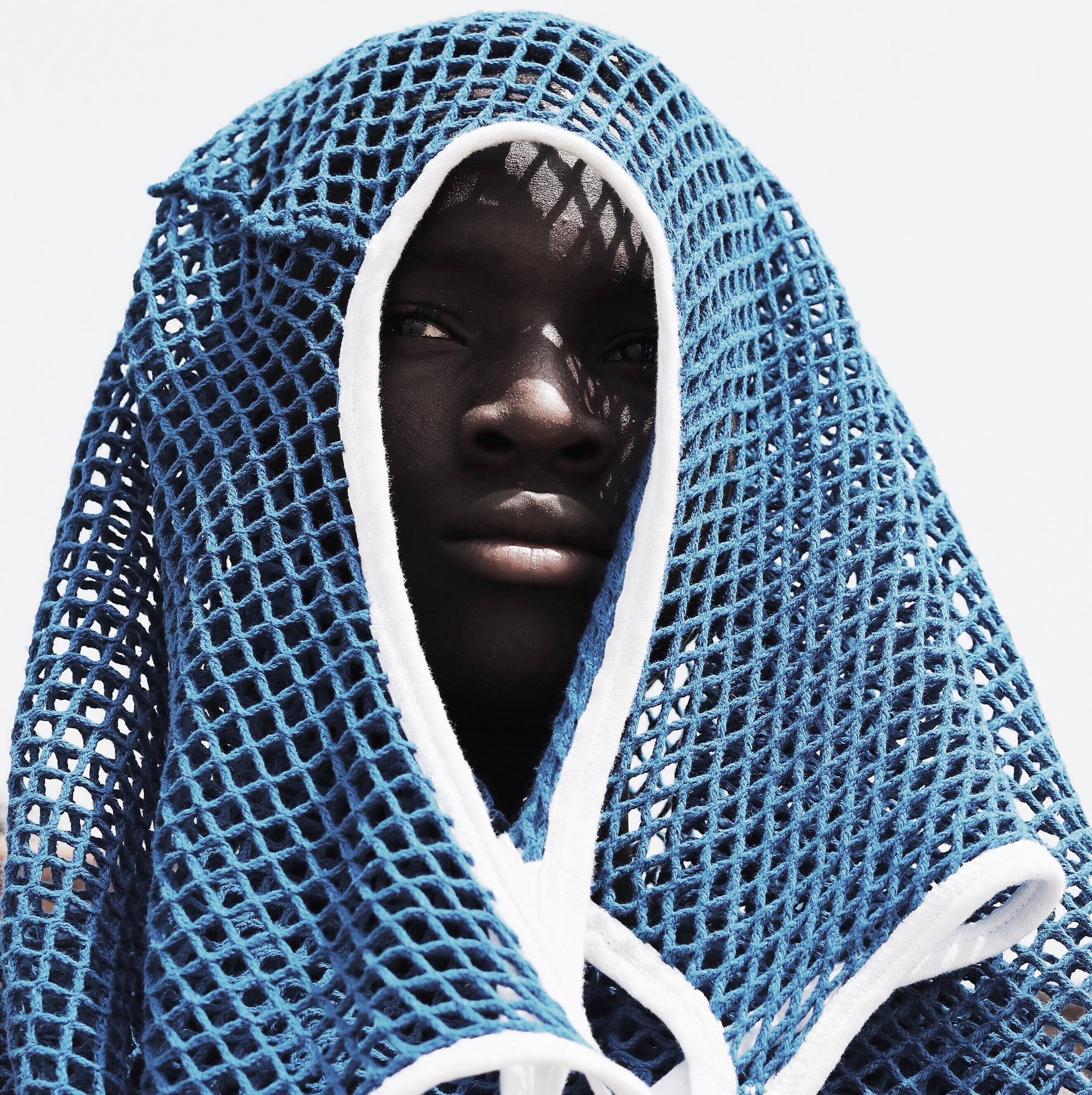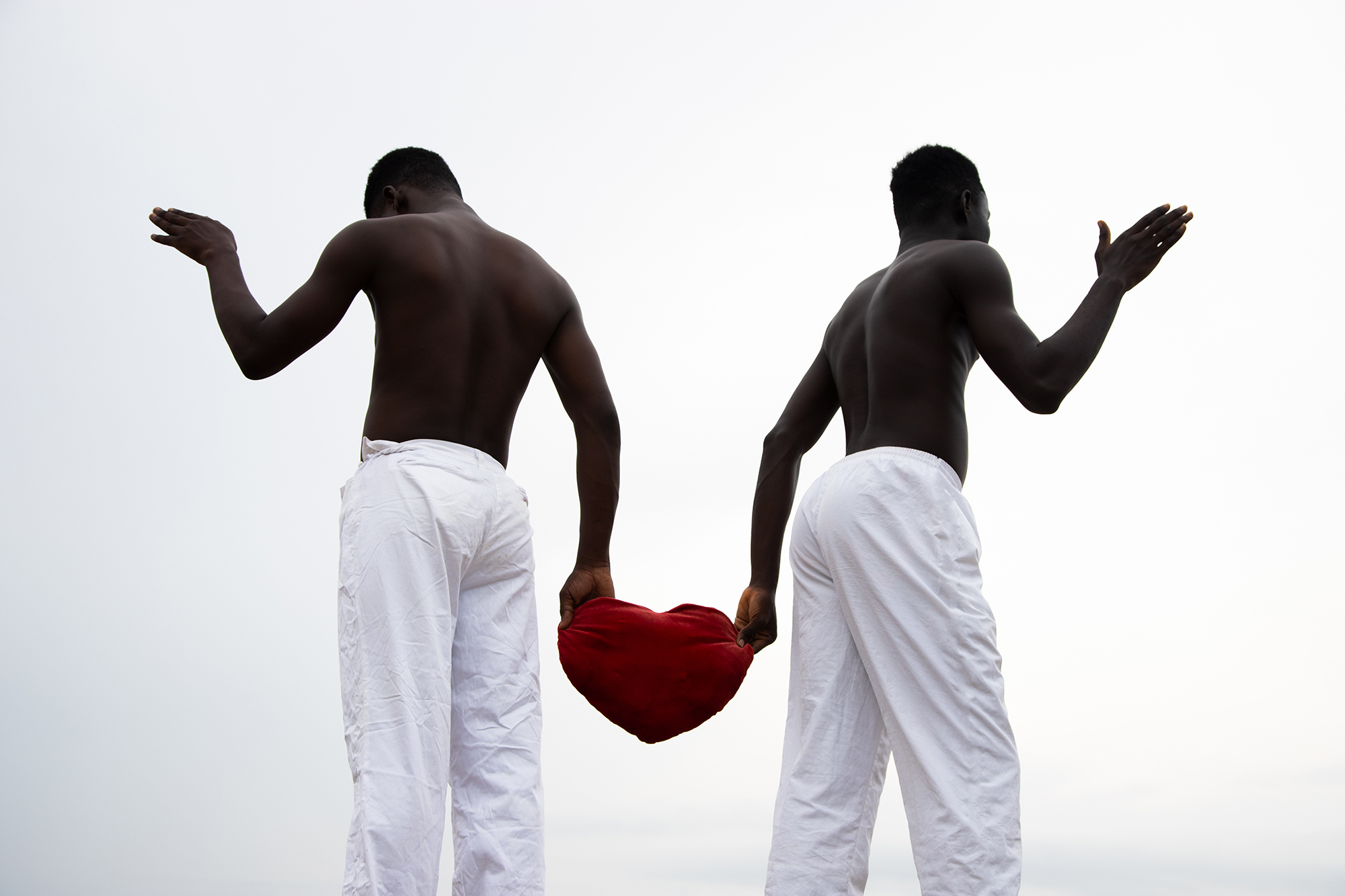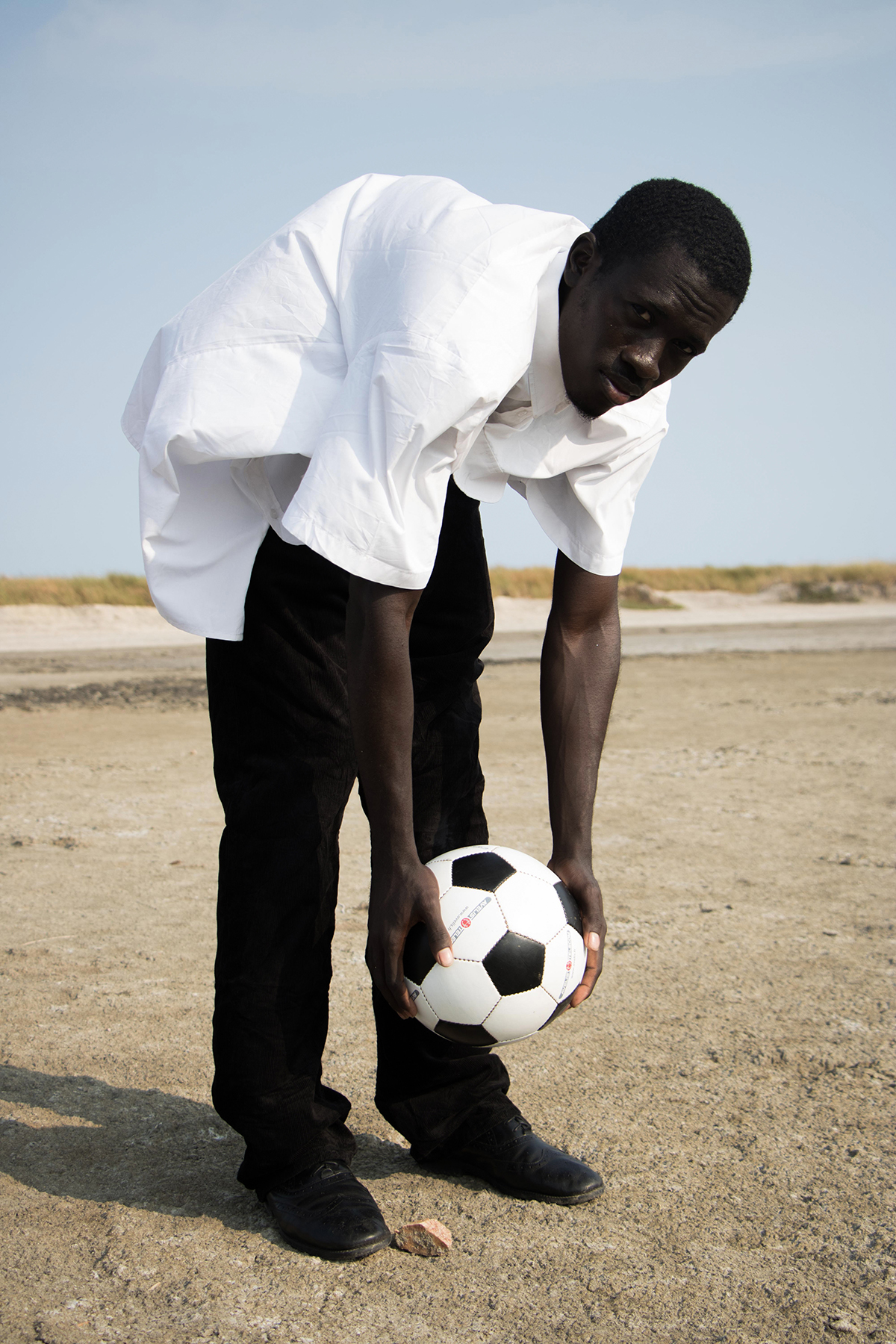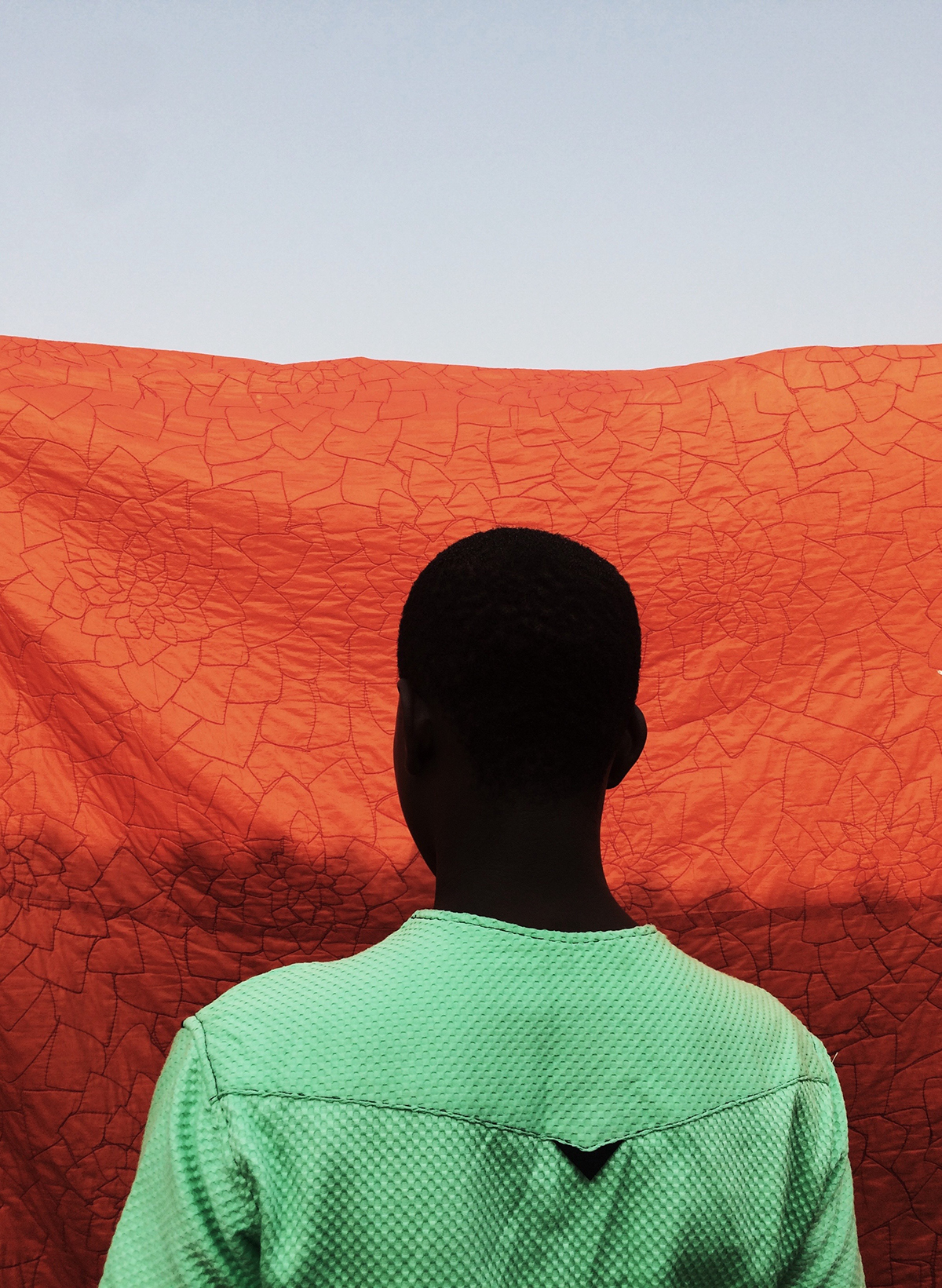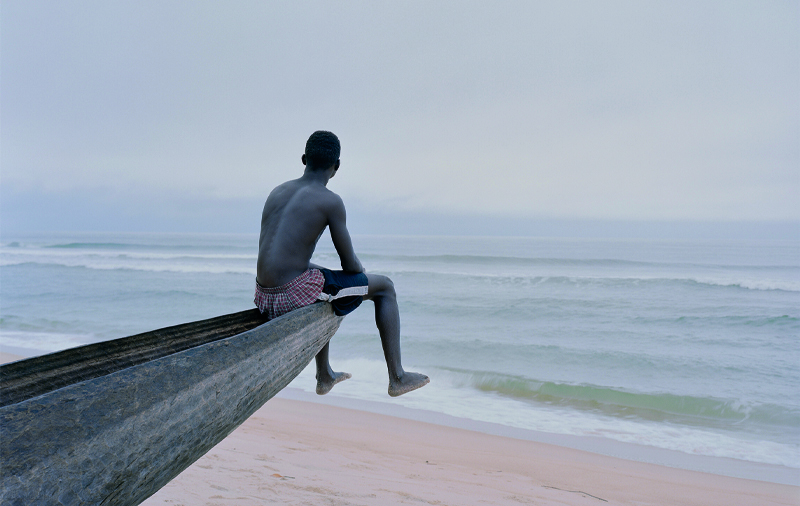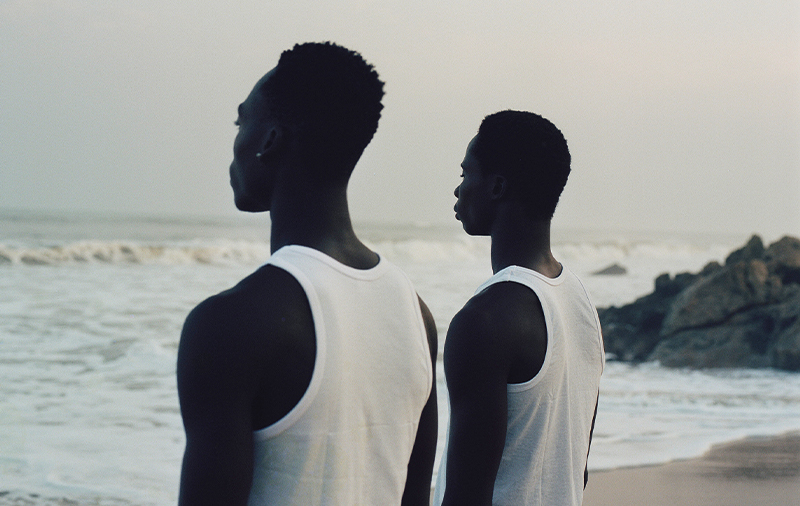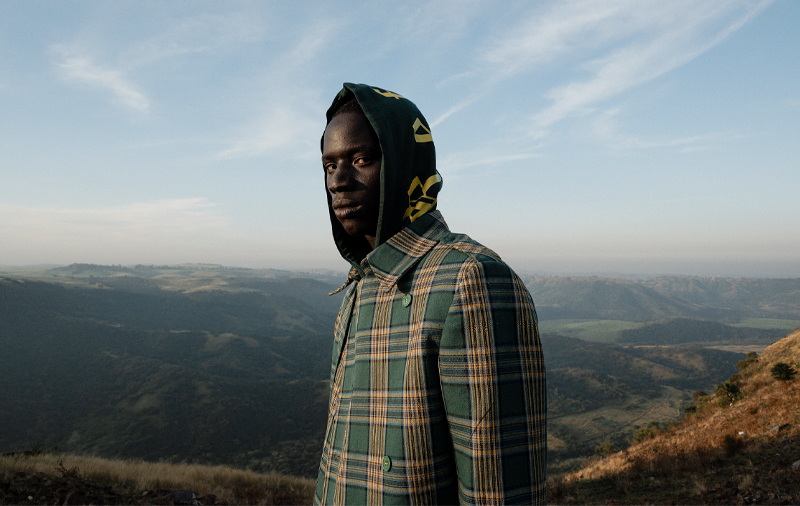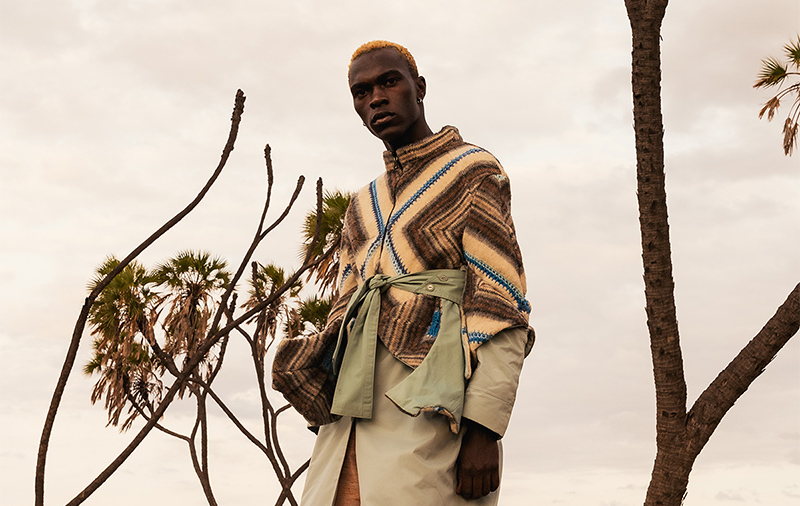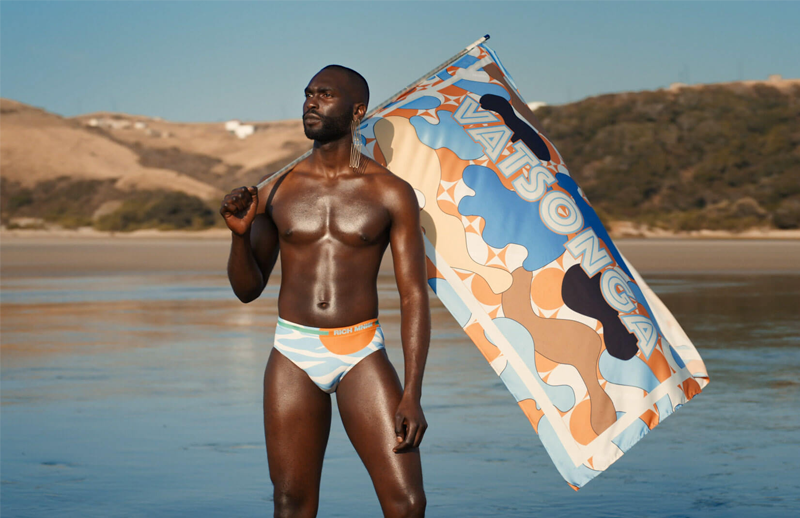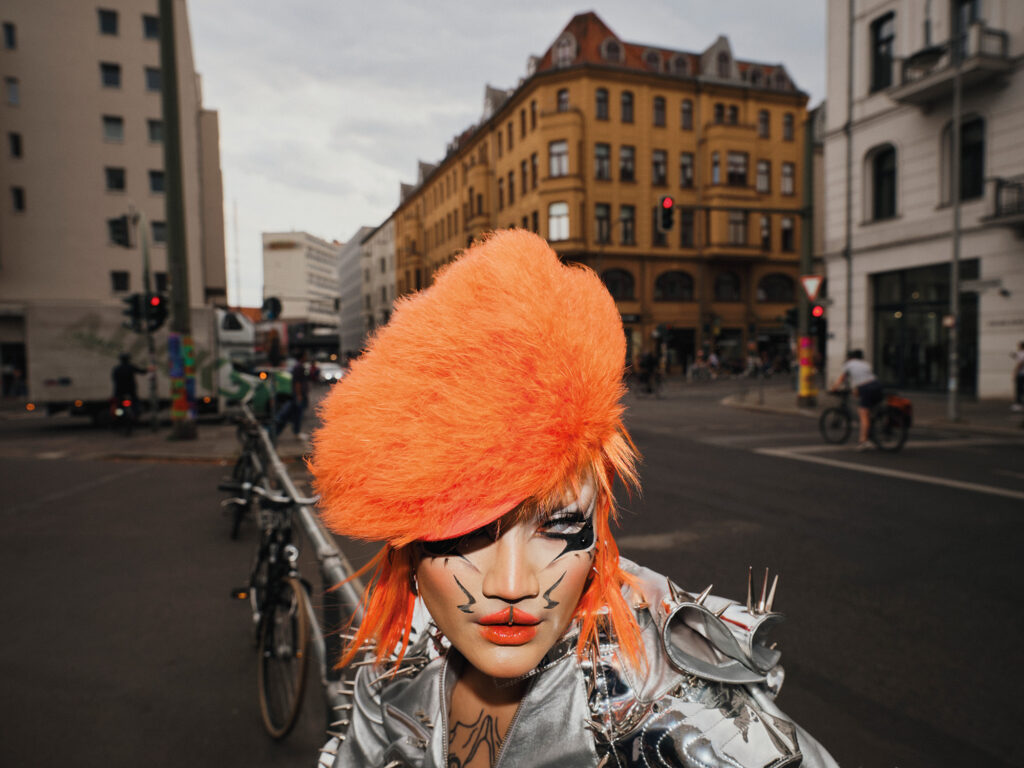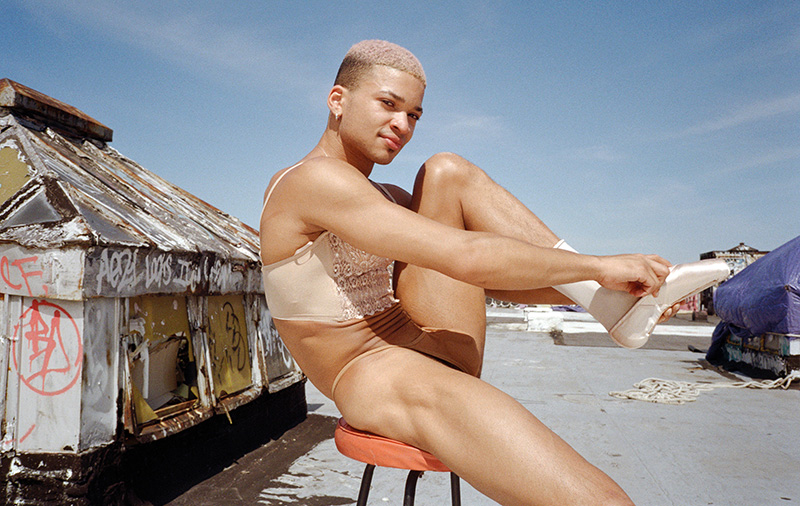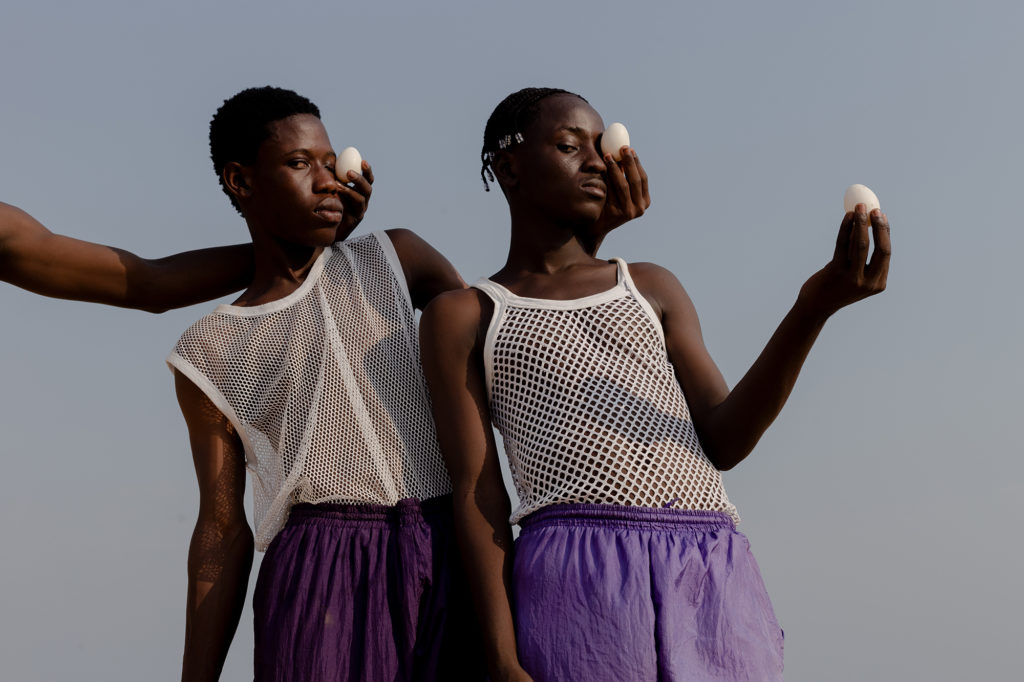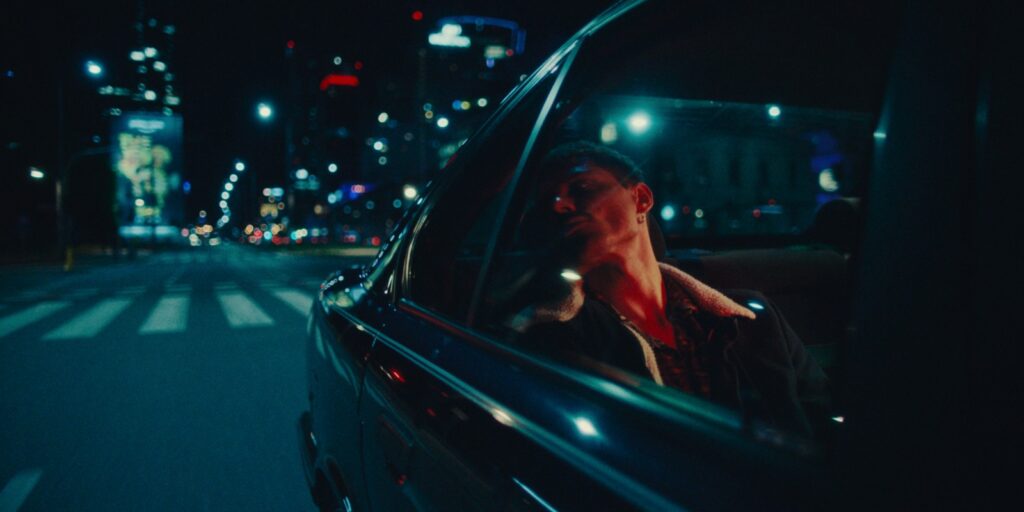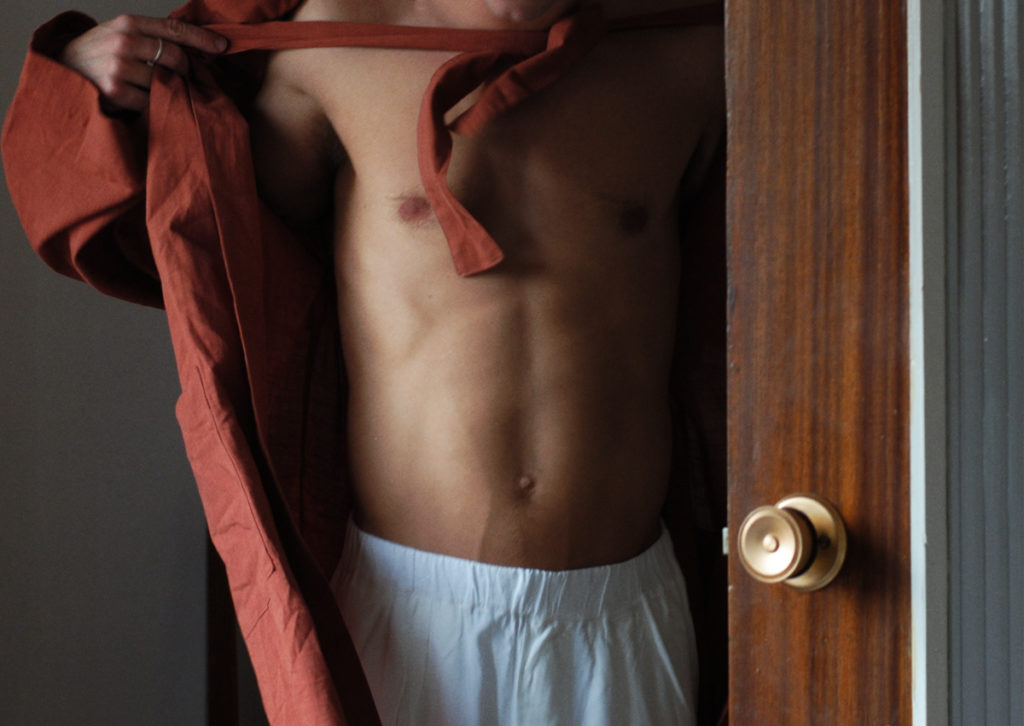“Just keep an open mind and wonderful things can happen” – Nana Yaw Oduro is a photographer whose work we fell in love with years ago, and we still can’t get enough of his art. For our latest special, we sat down with Nana to talk about his love for poetry, the magic he finds in working with models, and the unique challenges faced by today’s new generation of photographers.
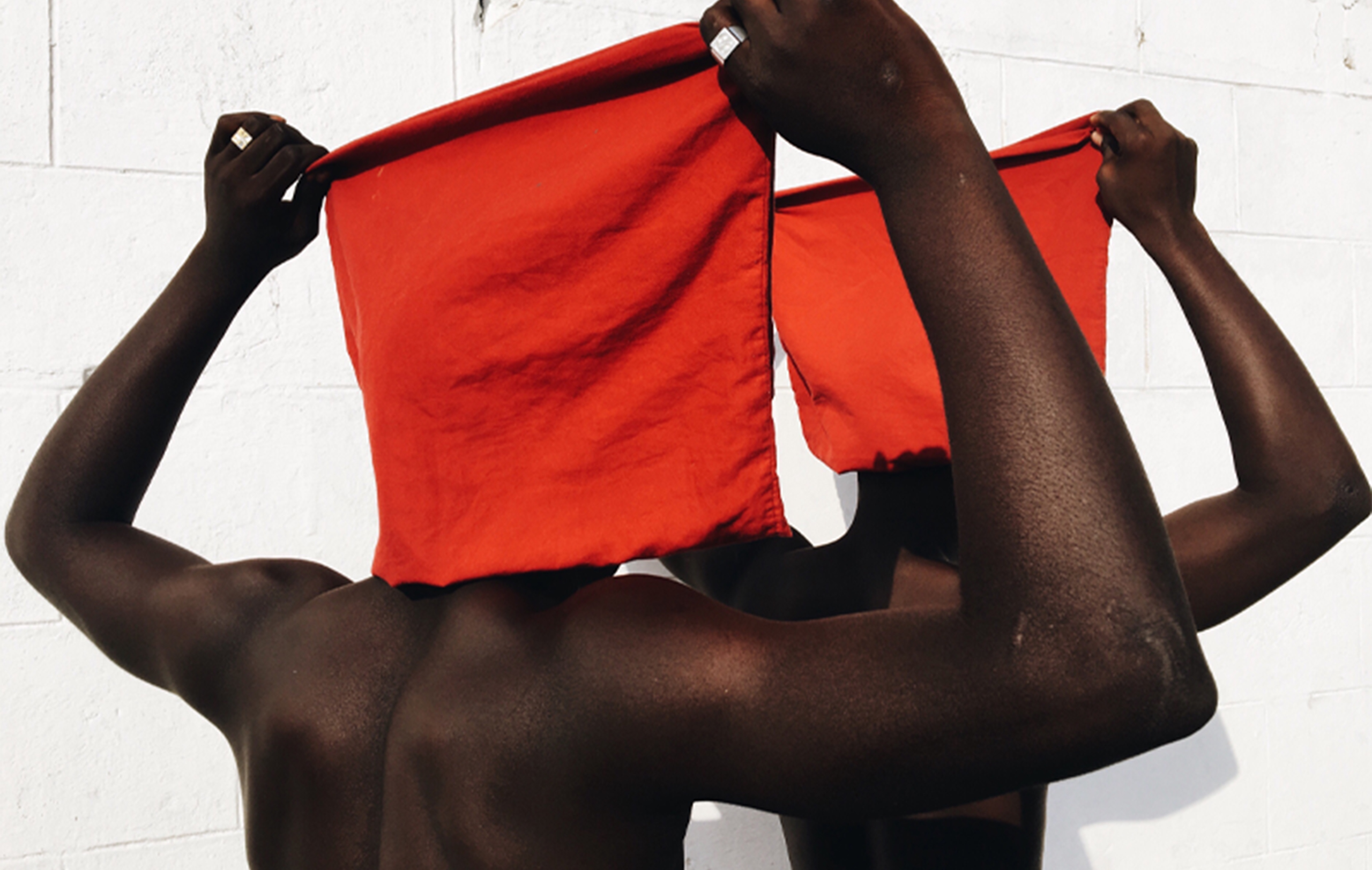
Tell us about your favorite lights in Ghana!
My favorite time to shoot is in the afternoon, when I can get access to that bright, harsh light. I believe it compliments the contrast of my work since most of my images portray bold, dark colors. Although I’m not too keen to really like to let the idea dictate everything.
What sort of role does post production play in your photography?
I believe that an image already has what it has to have in the moment when you take it. Although I do minor touch-ups, correct lights and colors, I wouldn’t try to change a picture in post production.
Looking back in retrospect, when you first grabbed a camera, how would you describe your early influences?
Honestly, my early influences were not photographers, but mostly writers and poets instead. I’m really driven by written words. I get ideas from conversations, I read poems and that is something that has always made my mind wander a lot. When I first read Bukowski and Dostoevsky, I immediately felt like they’ve created a reality that I could believe in. They make you realize that you can also write, you too can be an artist.
When you are younger and don’t know much about art, masterfully crafted poetry can be very encouraging and discouraging at the same time. I will never be able to write like Shakespeare, but Bukowski, he writes in basic English, he makes it look good, sound good, sound right. I quickly got addicted to Bukowski because he made me feel I am an artist, too. Like I could do it my own way and be good at it. He made me feel welcomed to the art world.
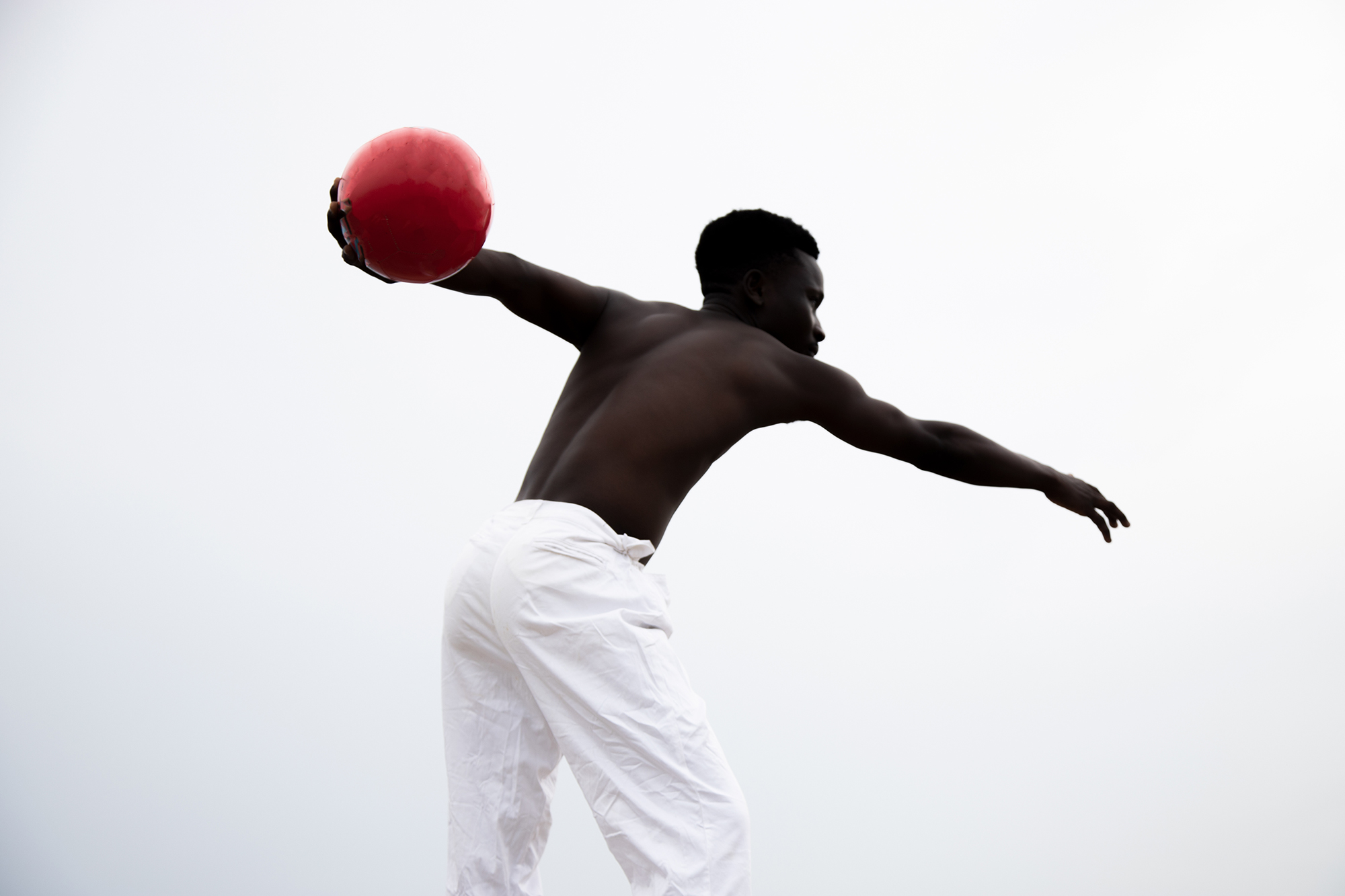
Was it a simple decision for you to turn to photography?
I used to write a lot and realized that people don’t really like to read much. They like to look at things, to see things better. So I decided to visualize my ideas: instead of writing them down, I would make photos out of them. Suddenly, I started to get more attention. But even to this day, my main source of inspiration remains poetry. It puts my brain to work and makes me more imaginative.
How do you choose your models, the people you photograph?
Most of the people I photograph I know personally. My work reflects on my life, on my experiences and the characters that surround me. It’s always easier to work with people who have known me all my life: most of them understand me and my ideas very well. They know who I am and how I do things.
What’s your take on minimalism?
Minimalism can lead to great things, but you can’t enforce it on anything. At the end of the day, it’s the idea that decides everything.
What is the hardest part of simplifying a composition?
Getting the exact same idea that you had in mind on set can be tough. I usually get a lot of new ideas on set. Sometimes, the models can alter your idea, that’s one of the reasons why you need to be really careful who you choose to work with. Models, they can take your idea to the next level.
I’m not eager to do everything to execute my original idea the way I imagined it. The most important thing is to keep an open mind, because everything can change on set and it’s easy for one to get frustrated or even devastated when something doesn’t look the way it was meant to look. Just keep an open mind and wonderful things can happen.
How would you describe the moment when everything clicks and you know that you’ve got what you came there for?
Sometimes it feels so surreal: this is really happening, this is what you wanted this thing to be, this is what you wanted the world to see. Sometimes it hits you immediately, sometimes it takes hours, days or even months until it sinks in. It’s truly a nice experience when you look at a picture from years ago and you see that it is actually a good picture. So I don’t delete images. I keep almost everything I shoot.
What is the biggest stereotype that you need to fight as an African artist?
There are challenges. Say, I haven’t been to Europe yet. In October, my gallery is showing some of my works in London, but I won’t be able to be there. Getting a Visa to travel is definitely a challenge mostly for people around here. Which is not the case for western creatives when they have to come here. Also, most brands wouldn’t even give consideration to black artists based in Africa. They either think that you are less experienced or less equipped than anyone in the western world. But this is not true. As well as budgets are slashed because it is an African artist afterall.
As a result, even when people try to push the black concept, they are still exploiting black artists. Don’t get me wrong, having your work distributed by a western gallery is always great. But you wish you’d have these opportunities for your people, for your country too. There is not much one can do here, that’s why we are always dealing with western brands, companies and galleries.
What sort of role should ambition play in an aspiring artist’s work and life?
Ambition alone does not get the work done. You have to be hopeful, but not too hopeful. As an artist, you should still be able to enjoy being in the process and follow as many tracks as you can. In order to live and create happily, you need to tame your ambition.
Check out his book Losing It At Home here!
Artist Nana Yaw Oduro
